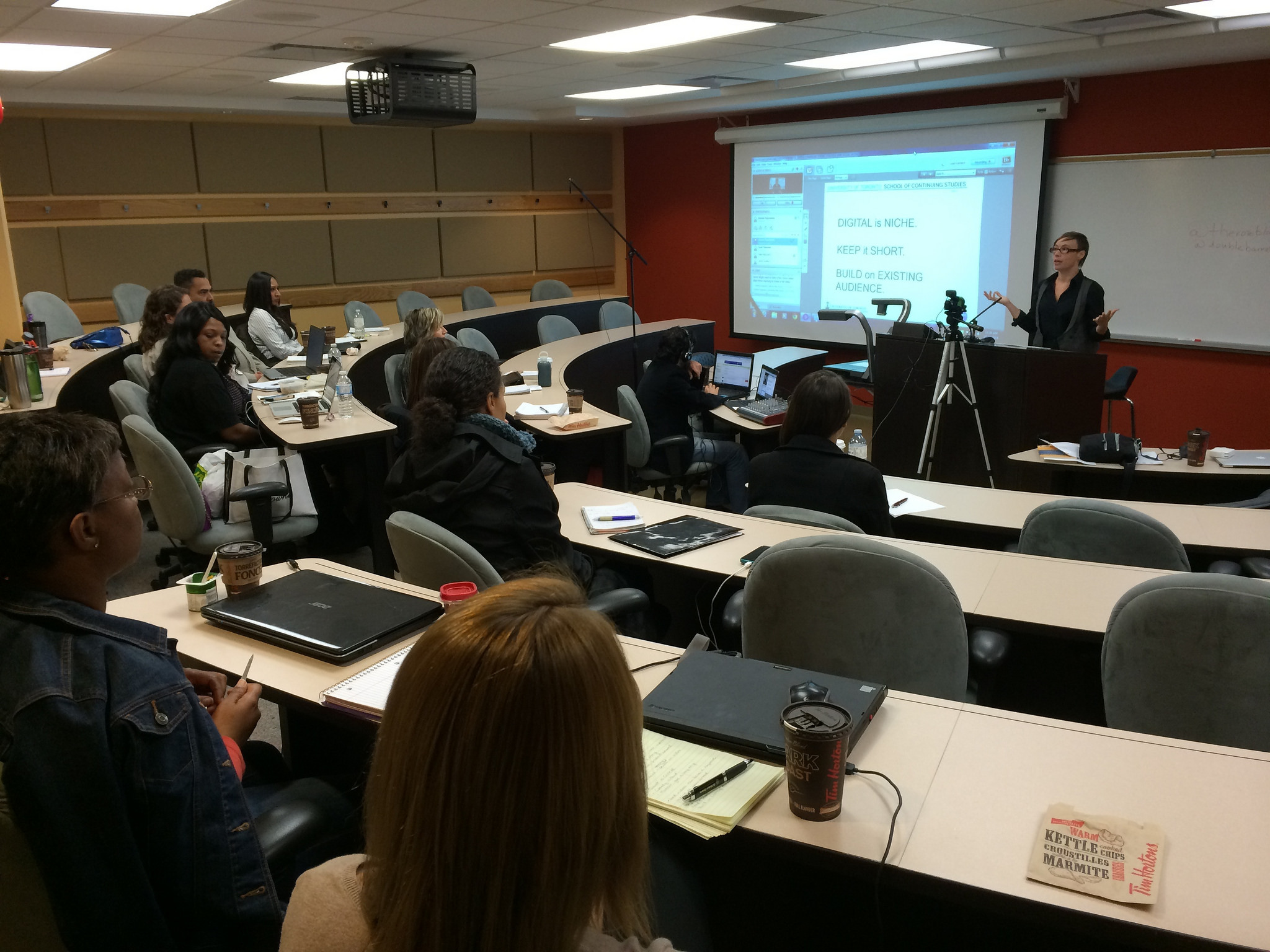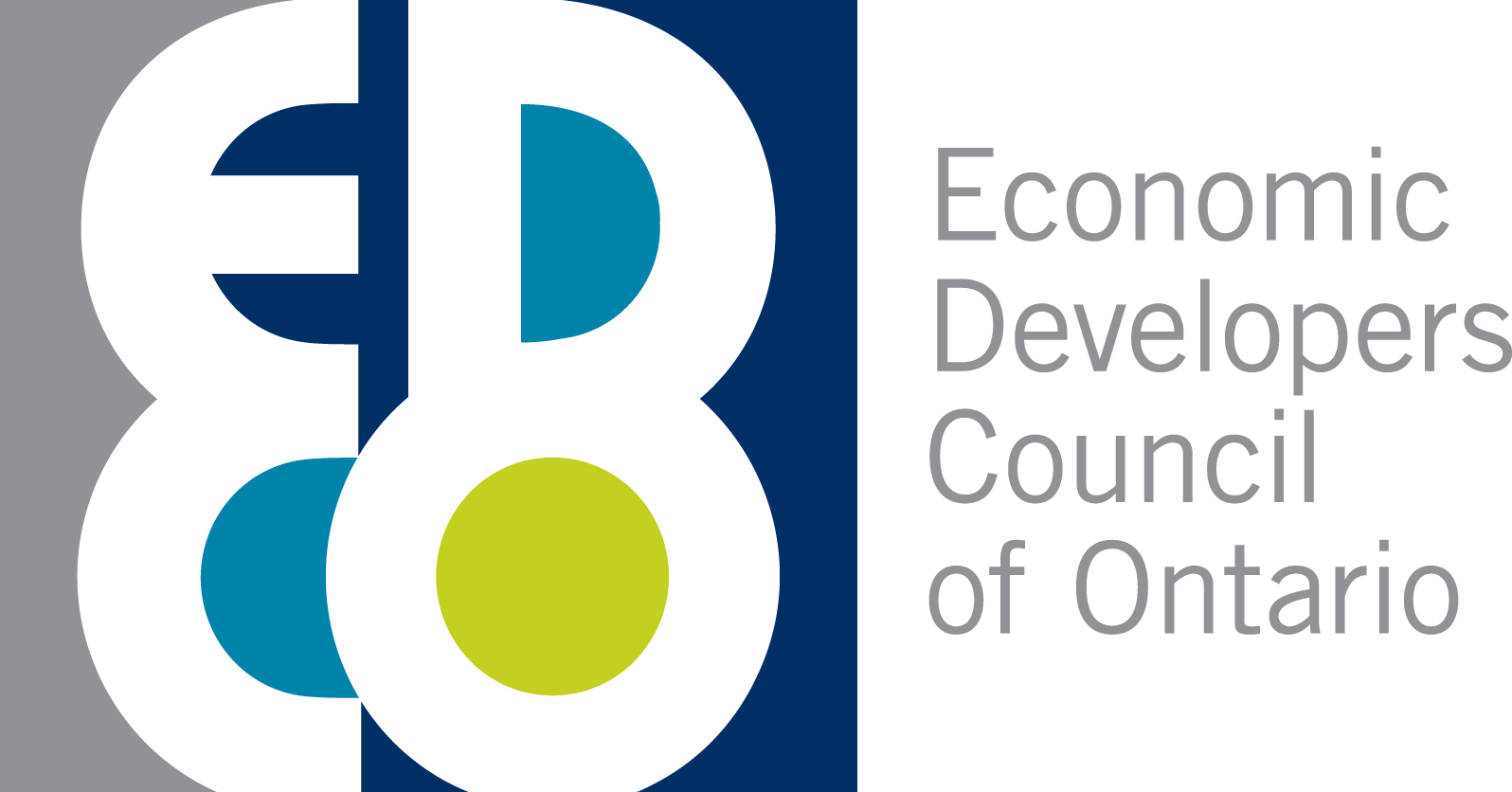-

5 Reasons Video Is Essential For Your Marketing Strategy
By Keith Jolie This past weekend I was busy volunteering with the annual Polar Bear Dip for Habitat for Humanity in Toronto. Amid all the…
-

Put Your Best Flick Forward
I was so thrilled to be asked to participate in Donna Papacosta’s Digital Communications Strategy class this past weekend at University of Toronto, Mississauga. The…
-

Jumping Back into the Judges Chair
I was so thrilled to be invited to sit as a judge on the panel of last year’s Economic Developers Council of Ontario Awards. It…
-

Let’s Cut the Cheese
How to Battle the Cringe in your Communications One common mistake communicators make is in their overuse of the ‘earnest’ in content. This often comes…







